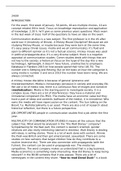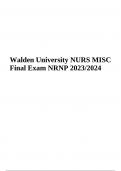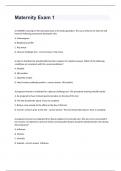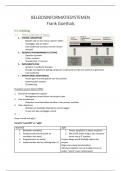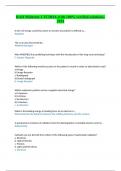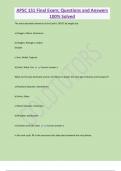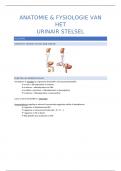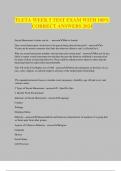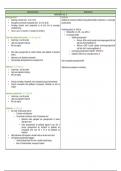Notes de cours
Class notes on Introduction to Communication studies
- Cours
- Établissement
Transcription of the lectures held during the year . I have also added examples, student's questions and insights from the text book. I had a final grade of 18/20.
[Montrer plus]
